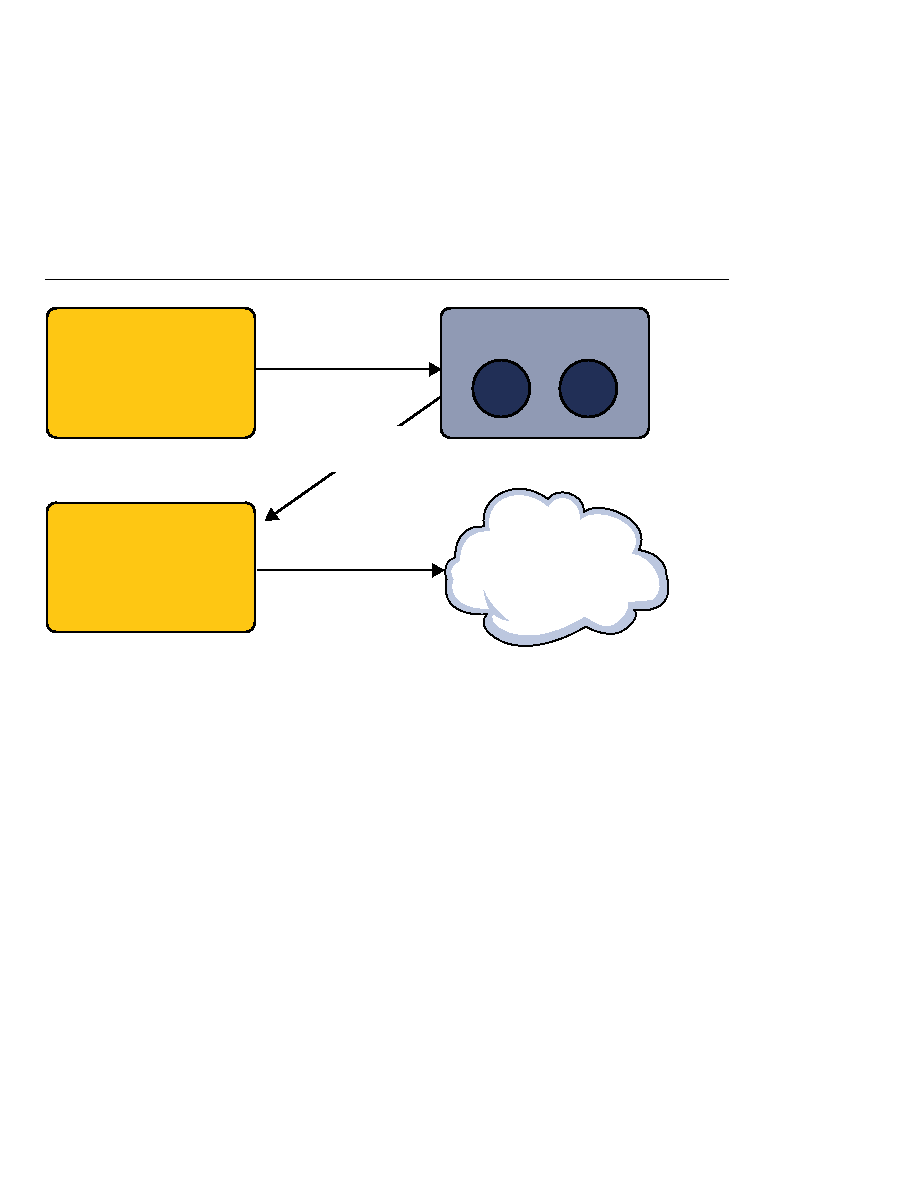
Messaging Domains
Messaging Domains
publish/subscribe approach to messaging. The JMS specification provides a separate domain for
each approach and defines compliance for each domain. A stand-alone JMS provider can
implement one or both domains. A Java EE provider must implement both domains.
publish/subscribe domains, and some JMS clients combine the use of both domains in a single
application. In this way, the JMS API has extended the power and flexibility of messaging
products.
to use the JMS API in a way that is not specific to either domain. The following subsections
describe the two messaging domains and then describe the use of the common interfaces.
senders, and receivers. Each message is addressed to a specific queue, and receiving clients
extract messages from the queues established to hold their messages. Queues retain all messages
sent to them until the messages are consumed or until the messages expire.